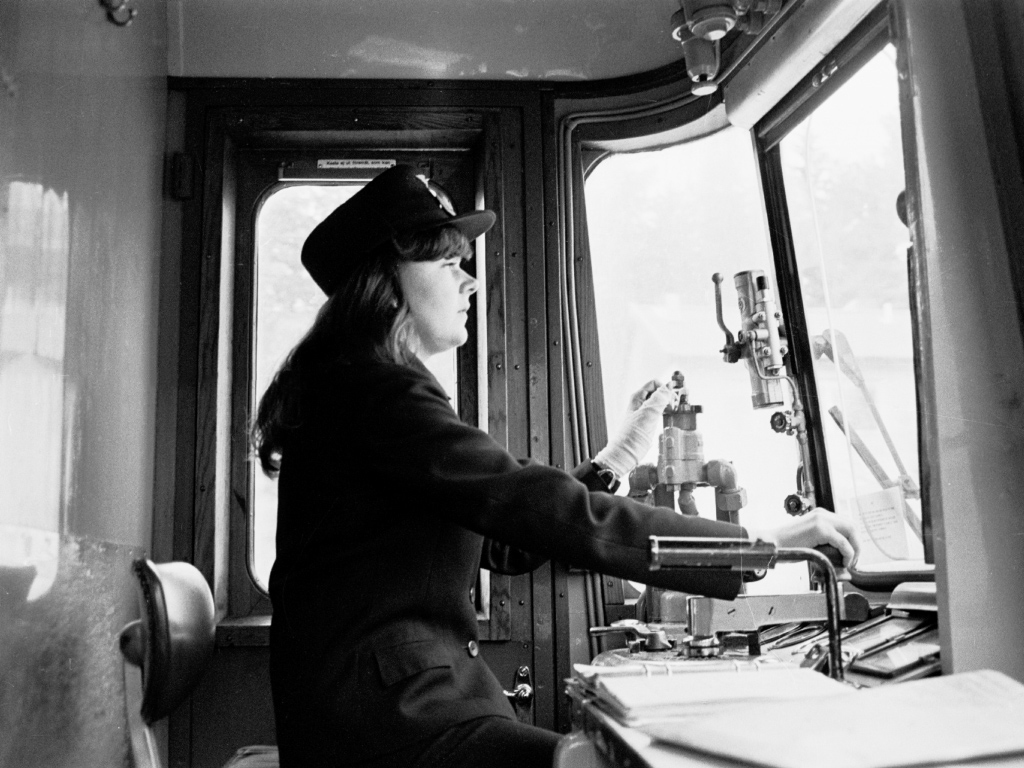Train driver
“The train driver should fully realise the importance and moral responsibility of his position, and that the lives of many others could be endangered any acts of negligence, incompetence or inattention on his part.”
The above is taken from SJ’s regulations for the operation of trains from 1874. In addition to this responsibility, the train driver had to be “a skilful worker” and have the knowledge to maintain his locomotive and even make minor repairs that would enable the locomotive to reach the workshop.
The train driver operated the locomotive and the train
The train driver was responsible for maintaining the required speed and watching for signals along the track. The train driver also had to be very familiar with the track; he had to know its gradients and curves. This was important, partly to be able to maintain as even a speed as possible without sudden braking and jerky movement, and partly to be able to control the feeding and firing of the boiler.
The first train drivers for SJ and the private railways were often Englishmen, who trained Swedes to become train drivers. Some of them stayed on and became Swedish citizens, while others returned to England.
The train driver was also responsible for the locomotive’s equipment. The following items were to be carried on the locomotive:
- 1 hammer
- 1 hand axe
- 2 flathead screwdrivers
- 2 crosshead screwdrivers
- 1 tin hammer
- 1 pair of pliers
- 3 files that are 10 inches in length: one flat, one half round and one round
- 1 set of release wedges for the piston head
- 1 bundle of iron wire
- 1 hook to pull gasket out of boxes
- 6 wooden pipe plugs
- 1 bundle of strong sail twine
- set screws, small nuts and cotter pins for replacement
- hemp, lead tetroxide, oil, tallow, grease wicks, flower of sulphur, drying cotton
- Inventory book of these items
Source: Regulations for the operation of Statens Järnvägar trains from 1874
Sweden’s first female train driver
Sweden's first female train driver was hired in 1972. Her name was Ulla-Brita Neibig and she started working as a train driver on the railway on 10 June. She began her career as a ticketing officer in Stockholm. She later trained to become a tunnel train driver, a tram driver, and eventually a train driver on the Roslagsbanan narrow gauge railway. She was thus not only Sweden’s first female train driver, but also the youngest at that time.

Sweden’s first female train driver Ulla-Brita Neibig.